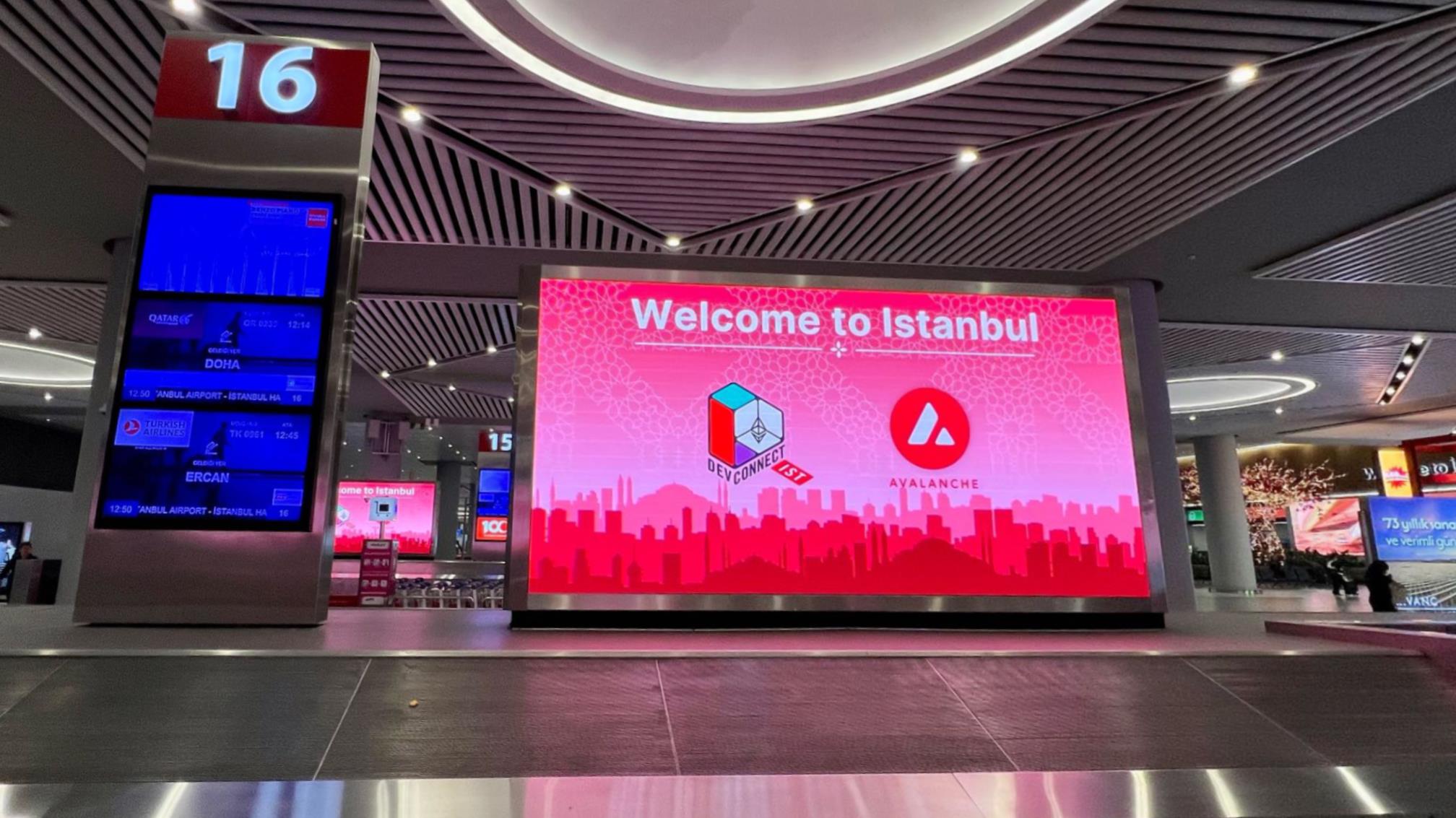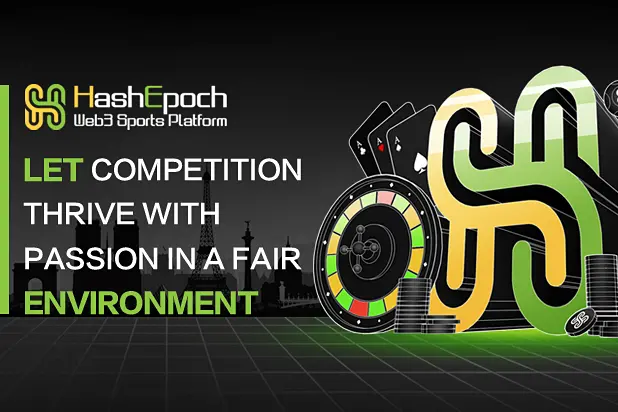Summary of the Turkey Devconnect Conference: Ethereum narrative is outdated, Layer 2 begins to compete in business and users
Author: @0x_claudia, PKU Blockchain Vice President
Have you ever seen a slope close to 90 degrees? A path paved with marble bricks, perpetually congested traffic, and Turkish taxi drivers who can accelerate rapidly at the slightest touch of the gas pedal. When you take a taxi in Istanbul, you never know what kind of blind box you are opening, with chaotic prices, wild speeds, and even the moment you open the door, you might encounter a taxi driver trading cryptocurrencies at an exchange.
"I never believe in the lira; I always feel my money could go to zero." This country, located at the crossroads of Europe and Asia and boasting the entire Black Sea strait, is facing the deconstruction and restructuring of its economic system. Meanwhile, borderless currencies and the emerging cryptocurrency industry are flourishing in this ancient Roman city of gold.
During Devconnect, I randomly interviewed 10 taxi drivers, fully participated in 13 side events, and walked through hundreds of streets, attempting to open a window into this 99% religious nation and the blockchain industry, to glimpse the present, past, and future.

1. Volatility and War: The Future of Crypto
Turkey's official currency, the lira, is experiencing an unprecedented plunge.
Due to its geographical location and global economic trends, economic fluctuations in both Europe and Asia have a significant butterfly effect on Turkey's currency system. This year, the lira has depreciated by more than fifty percent. For local residents who understand crypto, USDT/USDC is undoubtedly the best choice.
Interestingly, some people hold stablecoins but do not purchase other cryptocurrencies. To some extent, in this country that connects Europe and Asia, many residents simply desire wealth stability.
Kucoin released a report in September stating that the crypto adoption rate among the Turkish population has risen from 40% to 52% over the past year and a half. Among the ten drivers I interviewed, 5 knew about Bitcoin, 2 held stablecoins or crypto, and 1 I couldn't understand due to his poor English. When I asked about compliance issues, one driver enthusiastically told me that two years ago, the country banned crypto-related payments, but from his frequent gestures and subtle expressions, I recalled the most common slogan from my childhood political textbooks: "What is not prohibited by law is allowed."
As the conversation became lively, he whispered, "You know, I have a friend who went to jail because his amount was too large."
A local friend helped me translate a Turkish payment report, which showed that the number of ETFs, POS, and bank cards has surged.
In September 2023, Turkey's total electronic transfer transactions reached 2.1 billion, with a total value of 3.5 trillion Turkish lira.
The total number of POS transactions in September 2023 was 1.5 billion, with a total value of 238 billion Turkish lira.
The number of bank cards in circulation in September 2023 was 394 million, with ATMs readily available, although exchange rates vary slightly by region.
Similar to the South Korean market, when discussing meme coins and altcoins, there were some deviations between local top exchanges and international ones. The three most recognized local exchanges among those I interviewed were: Paribu, Bitçi, and BTCTürk.
In Istanbul, a global metropolis, BTCTürk's advertisements are prominently displayed at every boarding gate. The queen of the cities, cryptocurrency is thriving.

2. Rehashing Old Ideas: Is Ethereum's New Narrative Struggling?
From Hong Kong in April to Paris in July, then to Singapore in September, and now Turkey in November, I have attended all events related to Ethereum Staking, with some attention to ZK, gaming, and other related fields.
Overall, Ethereum's narrative has reached a dim point, making it difficult for any shining moments to emerge. Many arrived with high expectations but left feeling somewhat disappointed.
The concept of Plasma has resurfaced in the public eye. In Vitalik's speech, he mentioned that Plasma could avoid data availability issues and significantly reduce transaction costs, but it is essentially a rehash of old ideas, receiving mixed reviews.
If we categorize the themes of this conference, it can be simplified into three main topics: L2 Wars and Omni-chain, Staking and Restaking, and Autonomous World and Fully On-Chain Games.
L2 Wars and Omni-chain
In this Devconnect, Layer 2 activities became a major spectacle.
In addition to established public chains like Polygon, Arbitrum, and Zksync, newcomers like Starknet, Linea, Scroll, Taiko, and Manta each have their unique strengths. Unlike previous performance competitions, the current competition among L2s is no longer just about underlying infrastructure; the focus has shifted more towards commercial applications and users.
Many top-tier funds have already abandoned the layout of infrastructure and the oversaturated Layer 2s, turning their attention to consumer applications. Much like ghost towns in real estate, many public chains currently lack applications and users, with a plethora of nodes sitting idle. The old routines of attracting projects through grants and issuing tokens have become all too familiar, and the ecological growth of public chains urgently needs new gameplay.
ZK serves as a catalyst throughout Layer 2, and many project teams have expressed reluctance to fully bind to a single Layer 2, opting instead for multi-chain deployments and multi-node strategies. The trend towards omni-chain seems to be growing stronger. In this process, developers also play a crucial role.
After discussions, many felt that public chains dominated by the West/India are more open, with a stronger sense of community and a more equitable service mindset, while some Chinese projects are very closed off, resembling an agency, making it difficult for them to thrive.
Despite the low expectations for Linea due to Metamask's claim of not issuing tokens, the performance of the entire Linea team during the event was surprisingly refreshing.
At the same time, major exchanges are actively launching new public chains. OKX announced a Layer 2 in collaboration with Polygon, X1, and sources indicate that Foresight is also actively preparing a new public chain.
Finally, Taiko became the center of attention at this event with its all-pink army, and the dungeon where Zircuit held its event received widespread praise.
The previous Side Events model of Panel + Networking has become less appealing to crypto practitioners who frequently attend global conferences; not only do narratives need to innovate, but event formats must also evolve!

Staking and Restaking
Staking played a significant role in this event, with the Staking Summit lasting two days, followed by the Restaking Summit.
During this event, institutions like Buzz and Word began to enter the staking space, and decentralized staking became an important discussion topic. Previously mentioned risks of centralization in node operators and the burden of consensus layers are gradually being addressed. In this process, DVT technology has also developed, with SSV and Obol connecting to validator layer infrastructure businesses, leading to rapid growth in the entire staking ecosystem. Although Ethereum's staking rate is still around 20%, many recognize that yield-bearing Ethereum will undoubtedly be the next generation of currency.
Eigenlayer's performance was also impressive, with promising progress in Restaking. According to incomplete statistics, Eigenlayer's ecosystem already has 58 projects, a scale that even surpasses some public chains.
From LSD and LSDFi to LST and LSTFi, and now the new concepts of LRT (Liquidity Restaking Token) and LRTFi appearing multiple times during this event, the DeFi Lego of staking continues to stack up. I even witnessed two founders, both working on Index LST, exchanging glances during a staking event. Whether it’s the overplayed CDP or lending, a new round of capital accumulation battles is sure to emerge after Eigenlayer's mainnet launch next year.
One layer, then another, and yet another. As DeFi's building blocks rise higher, does the excitement and frenzy brought by leverage conceal a new crisis?
It is worth mentioning that a friend from Lido told me they are currently preparing materials for an ETF application, and once the situation is right, yield-bearing Ethereum will become an important ETF asset.
Autonomous World and Fully On-Chain Games
Before coming here, I didn't expect the wind of AW and Fully On-Chain Games to blow so strongly. The AW event attracted a large portion of industry participants. When asking friends who also attended ETH CC and other Ethereum events, there was a general consensus that if there is any new narrative, it must be the Autonomous World.
Among these discussions, using the MUD engine to create fully on-chain games has become an important topic. Projects like Primodium and Redstone have received considerable attention, with concepts like OP, Plasma, DA, and L2 being fully explored. In the intersection of AW and fully on-chain games, three areas can be focused on:
(1) Utilizing ZK to provide fairness for games and ensure privacy; concepts like ZKML will also offer broader space for game design;
(2) Combining the financial attributes of DeFi, referencing existing token economic experiences to expand the scope of financial interactions;
(3) Community governance, full-stack Dapp development, and creating super applications (Hyperapps) to provide new paradigms for governance in the Autonomous World.
Of course, the concept of AW still exists at the narrative level for many; every creator is a dreamer and a great writer. When you seriously enter the world constructed by AW, it indeed feels like you see the future, but when you step out, it can feel like a vast emptiness.

3. Chaos is Laddar: The Land of Order Collapse, Crypto is Everywhere Gold
"Look, people here are literally degens when it comes to crypto, the main cause is the high inflation and continuous drop in local currency, so anything can generate income for them, they are open for it!"
A local Turkish KOL messaged me on Telegram. In Turkey, people do not trust the lira or banks; they buy gold and land with their savings, passing them down through generations.
Another Turkish crypto practitioner told me that Turkey has a population of over 80 million, but there are 8-10 million crypto holders, and local exchanges Paribu and Btctürk both have over 6 million registered users. He was once the CMO of an institution, and crypto has brought him considerable wealth. Another piece of data shared by a friend is that 16% of the Turkish population owns a cryptocurrency wallet.
As we cross the clock, we find that despite experiencing multiple winters and market crashes, Argentina, the second-largest economy in South America, has an increasing number of cryptocurrency believers. In 2022, the inflation rate reached nearly 100%, and the public began to shift their focus from the dollar to cryptocurrencies. In countries with excessive inflation, the increase in people's salaries lags far behind the growth of prices, leading to the depreciation of savings and the shrinking of wealth, which fosters the prosperity of stablecoins. War and economic crises create a land where order collapses; Chaos is Laddar.
Unlike East Asian cultures, in these countries, there are more brave and creative female entrepreneurs. Perhaps life has pushed them to the brink, or perhaps it is a rebellion against the constraints of headscarves and religious ethics. In my conversations with them, I felt the power of life.
Indeed, like the female practitioners seeking opportunities in dire situations, sovereign-less currencies rising from chaos are gradually moving towards order.
In Turkey, nearly every crypto practitioner I encountered held strong beliefs about the approval of ETFs. Some say Blackrock's application is very professional and never fights unprepared battles; others analyze that the global market sentiment has put immense pressure on the SEC; and some even claim to have insider information… Regardless, faith is everything.
Currently, on one side is Ethereum's faltering narrative, and on the other is the BTC ecosystem flourishing. For the current market, more opportunities do not lie with large institutional funds or value-investing VCs, but with individuals. What will be Ethereum's next step? What excitement will the next cycle bring?
This industry rises at the boundary of order and chaos, moving from unrest towards transparency.
Just as many local Turkish practitioners are looking forward to crypto policies in mid-2024, every digital nomad arriving in Turkey gathers in this ancient Roman capital, recharging their faith before returning to various parts of the world.









